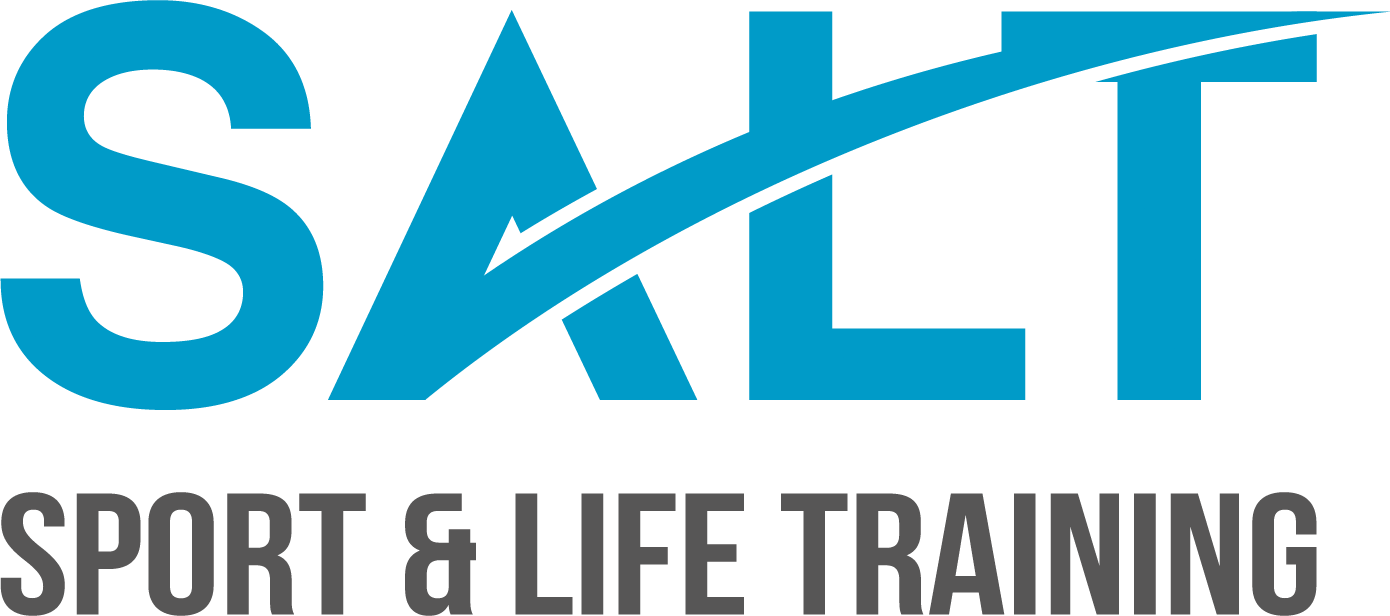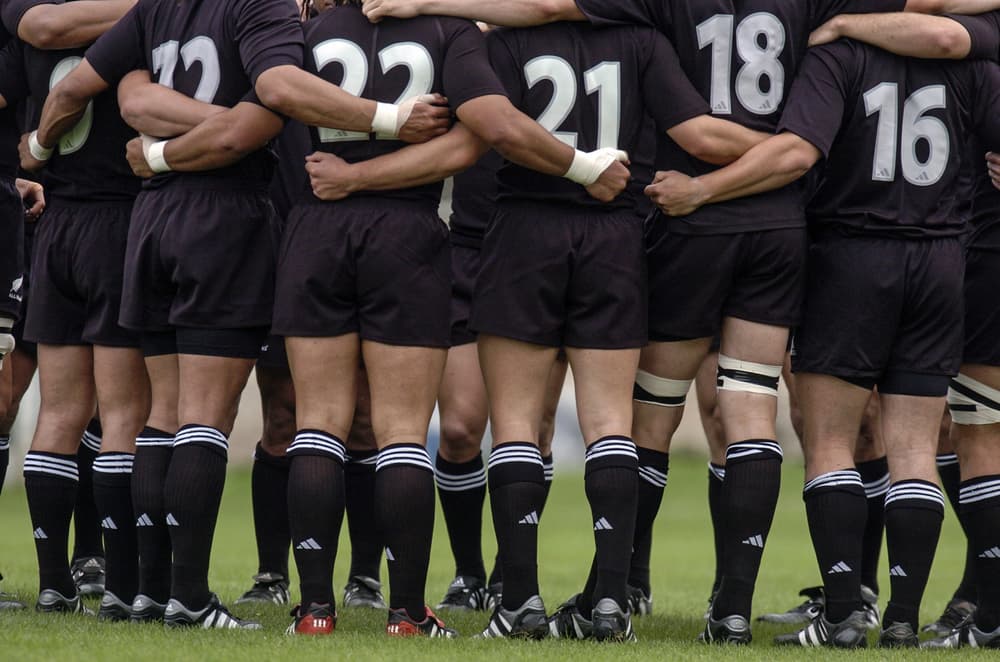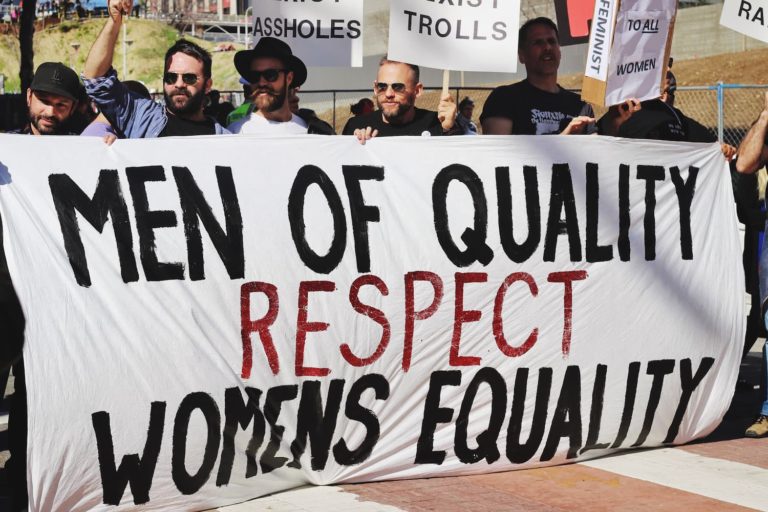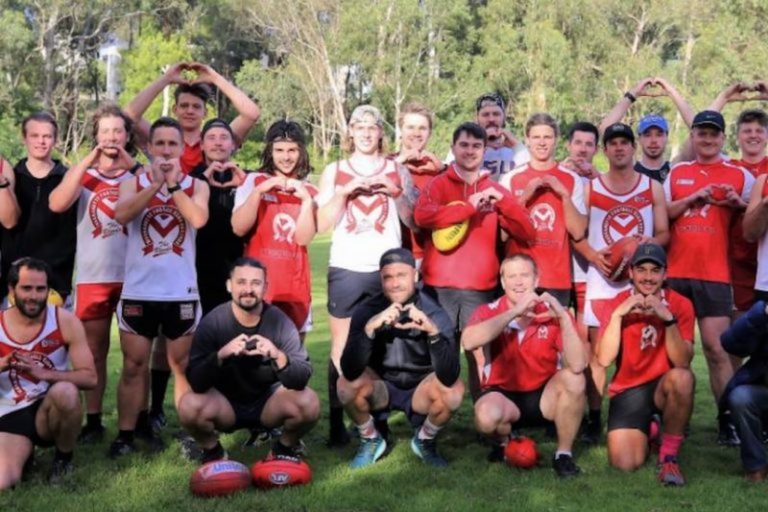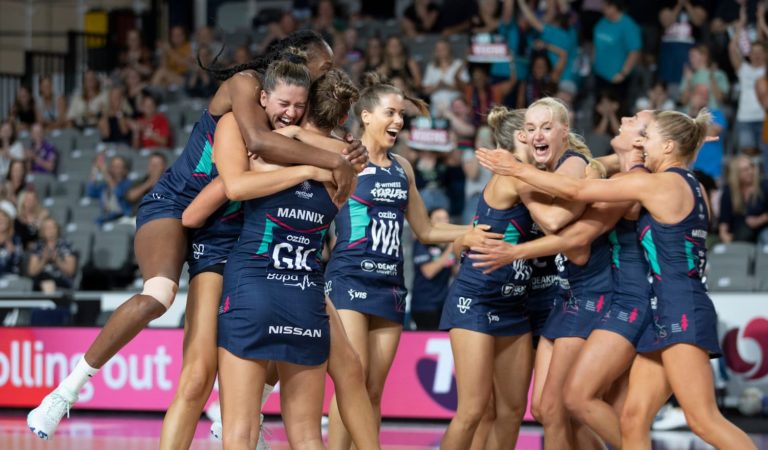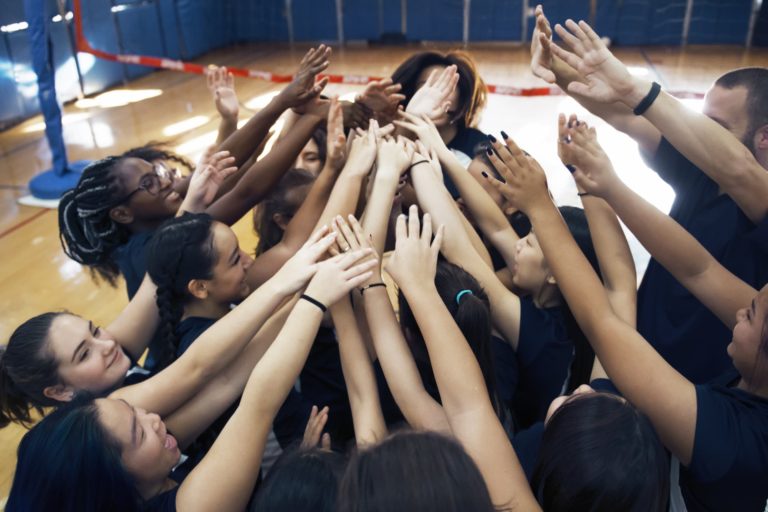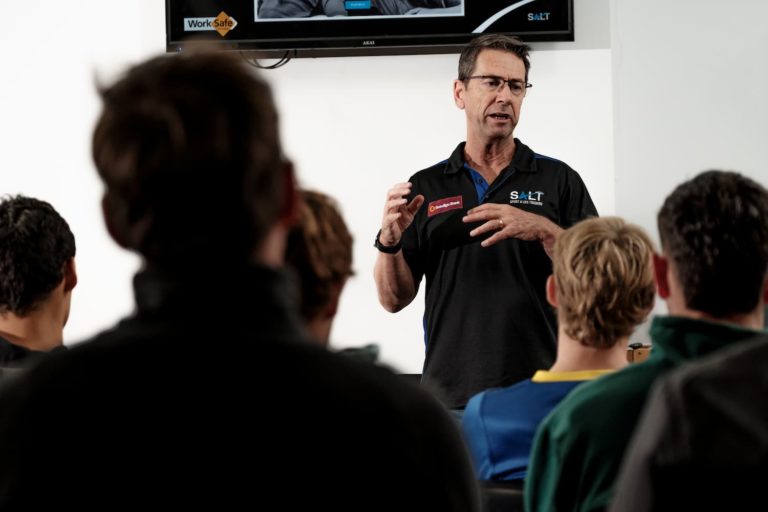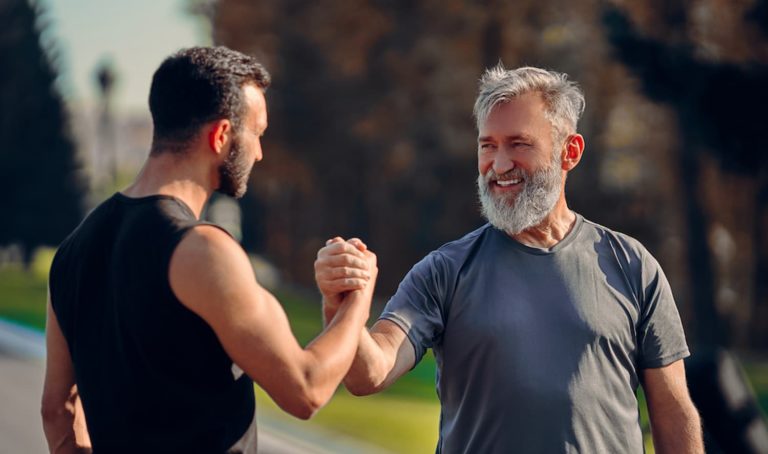By David Burt, Founder, Sport and Life Training
How do we respond to the news that one in four sporting clubs may not survive the COVID Lockdown? Clubs have reported that income from sponsors, participants and activity-based revenue streams have disappeared, but their costs continue. There is also fear the many participants won’t return due to concern about health and hygiene.
How do clubs respond to these challenge as they plan their transition into an unknown future?
Firstly, I believe that clubs need to recognize that for most of their participants, sport is more about the people than it is about the sport itself. With this in mind, club leaders need to place their focus on supporting the mental health and wellbeing of their communities and creating safe spaces where people can heal together upon their return.
Latrobe University’s Centre for Sport and Social Impact conducted a research study into the social value of sporting clubs in 2014. It found that for every dollar spent on a community football club, at least $4.40 is returned in social value in terms of increased social connectedness, wellbeing, mental health status, employment outcomes, personal development and physical health.
- A football club’s reach is significant and extends beyond the players, coaches, administrators and volunteers within the club; for every one player a football clubs reach 10 people in their community.
- Football clubs provide individuals, particularly those aged 15-24, with significantly increased chances of securing employment via the social networks provided by the club.
- The self-reported mental health of people aged 18-24 associated with a football club is substantially higher than the general population.
The not-for-profit organisation I founded back in 2015 – SALT (Sport and Life Training), has been working with hundreds of local sporting clubs to help them get better at something they were always good at – connecting people and creating strong and healthy cultures. SALT challenges clubs to take the character and qualities they apply on the field or court or pool and apply them outside of the playing arena. Courage, sacrifice, commitment, good decision making under pressure, strong and honest communication. These are wonderful character traits that sports people exhibit, often selectively. If sporting clubs can harness a holistic attitude to their reason for being, we could see that $4.40 become $44.00.
Potential financial partners (including governments) will recognise the valuable return on investment provided by a club that is at the coal face of preparing a generation to cope with a new raft of significant social challenges and recognise this is a wise and effective investment.
As clubs prepare to come back, they need to use this time to put structures in place that prioritise culture, equality and mental health above winning, skin folds and time trials. They need to find the people who already exist within the families that support their clubs to show leadership in developing these wonderful strong cultures. Many clubs are already doing this.
Then they must market their clubs on the basis that they are the strongest protective, nurturing centres of development any of our kids can ever be a part of and attract sponsorship on this basis.
For more information about SALT Sport and Life Training go to www.sportandlifetraining.com.au
